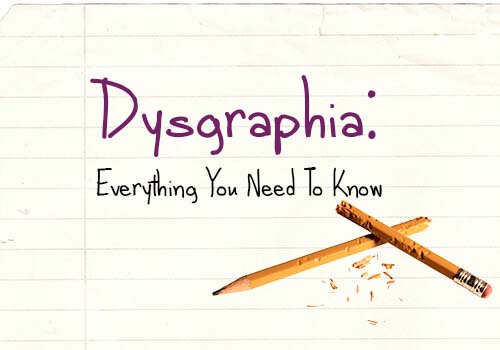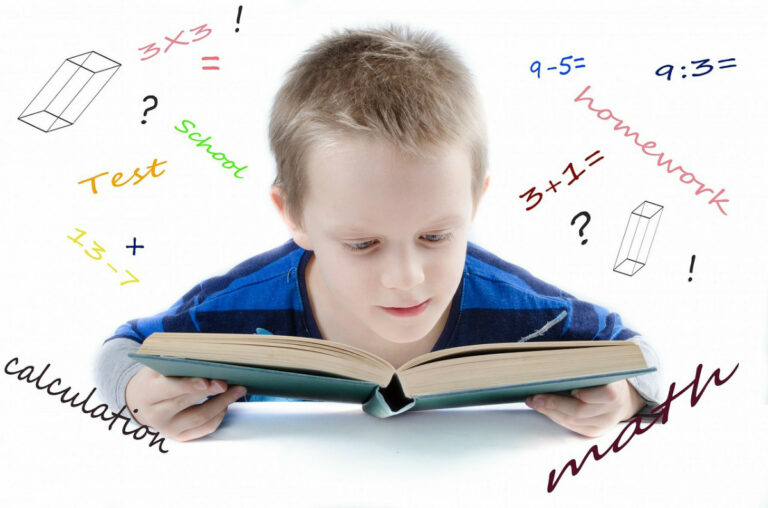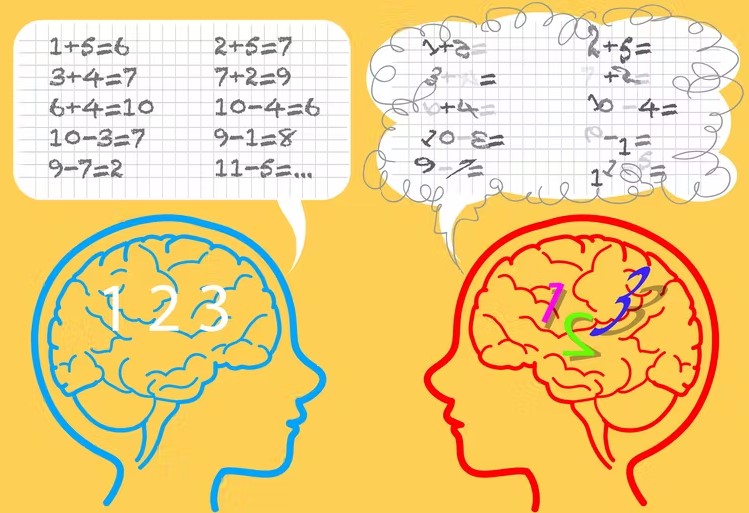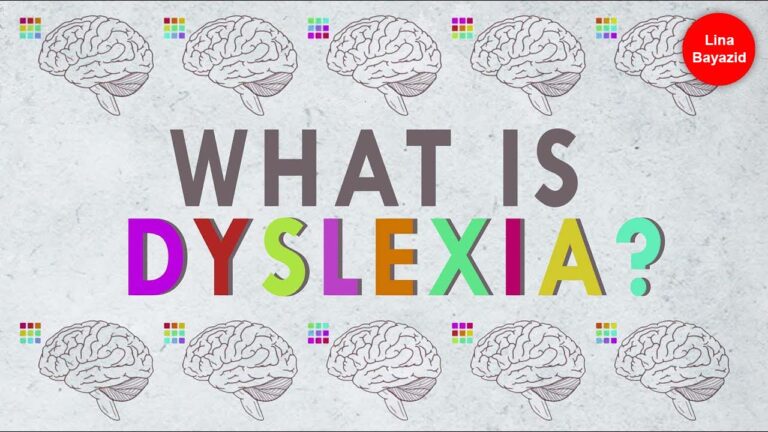
Learning is a gradual process, and we all took some time before we could clearly communicate or write. When they start school, children are introduced to reading and writing as the key focus during their elementary school years.
Of course, most — if not all — young kids have some difficulty when it comes to writing during the early stages until they can perfect their penmanship.
However, you may find that your child’s handwriting is consistently distorted or unclear. If this situation persists, it may be caused by a learning disability called Dysgraphia.
What is Dysgraphia?
Dysgraphia is a nervous system problem that affects the fine motor skills required to write. This condition makes it difficult for a child to do handwriting tasks and assignments. This learning disability is associated with writing.
Besides writing words that may be difficult to comprehend by others, people with Dysgraphia often use the wrong words for what precisely they’re trying to communicate.
Children with Dysgraphia are usually able to fluently express themselves orally. However, they will have difficulty trying to transfer their orally-communicated ideas into writing. They often find writing arduous, hence may try avoiding it altogether.
This challenge in writing may cause emotional stress and anxiety. This is because not everyone can tell if a child has Dysgraphia, including their teachers. In fact, if untrained, the teachers may mistake that the child is careless or lacks the motivation. This is partly because they’d expect the child to have the same writing skills as they would when speaking orally.
Causes and Signs of Dysgraphia
The exact source of Dysgraphia has not yet been clearly established. However, scientists claim that one may get Dysgraphia as an adult, often due to an illness, degenerative disease, or brain injury. Little is known about how children get Dysgraphia.
However, the condition is easily detectable if the parents or teachers possess the right skills.
Illegible handwriting is one of the most common signs of Dysgraphia. However, it would be prudent to note that not everyone with messy penmanship has the disorder.
Moreover, there are some reported cases of people with Dysgraphia having neat handwriting. This means that handwriting is not the only key thing to look at when determining if someone has Dysgraphia.
Some other common characteristics of Dysgraphia include:
Managing Children with Dysgraphia
If you have a son or daughter with Dysgraphia, it is important that you discuss it with your school teachers on the appropriate accommodations for this type of learning disability.
As a rule of thumb, it is crucial to involve an expert from the beginning. An expert will help assess your child’s situation and advise appropriately. Furthermore, they will be able to let you know if indeed your child has Dysgraphia or if they may need some other approach to assist them.
There’s no cure for Dysgraphia. However, with the help of a professional, you can have various methods of managing the condition.
Lina Bayazid helps teachers to apply different teaching methods to help accommodate such children while assisting parents to come up with better upbringing techniques to help their children.
Through Lina Bayazid’s training, both teachers and parents of children with Dysgraphia are able to offer them the relevant assistance needed to help them succeed in their academic journey.
Reach out to Lina today and schedule your consultation.







